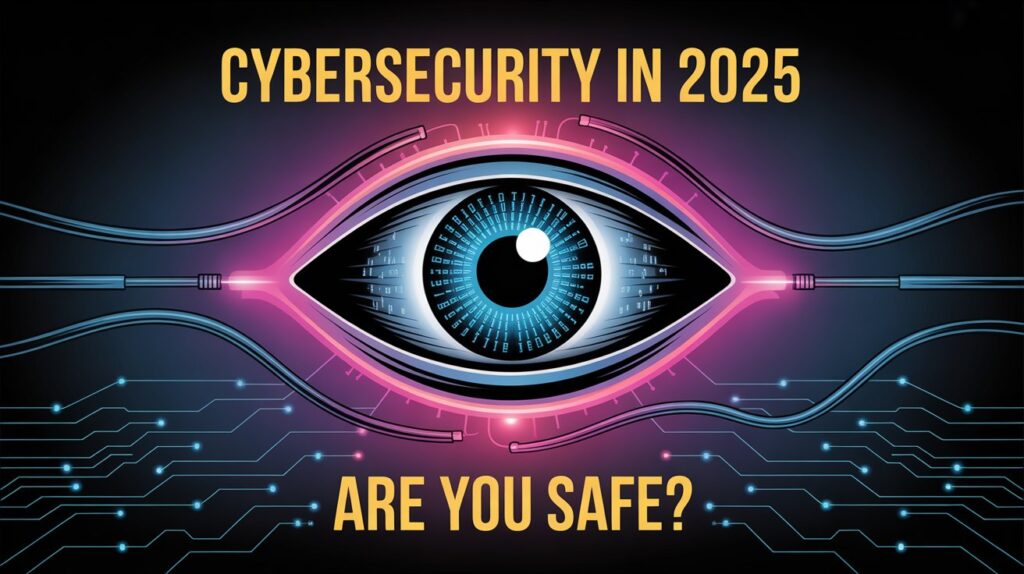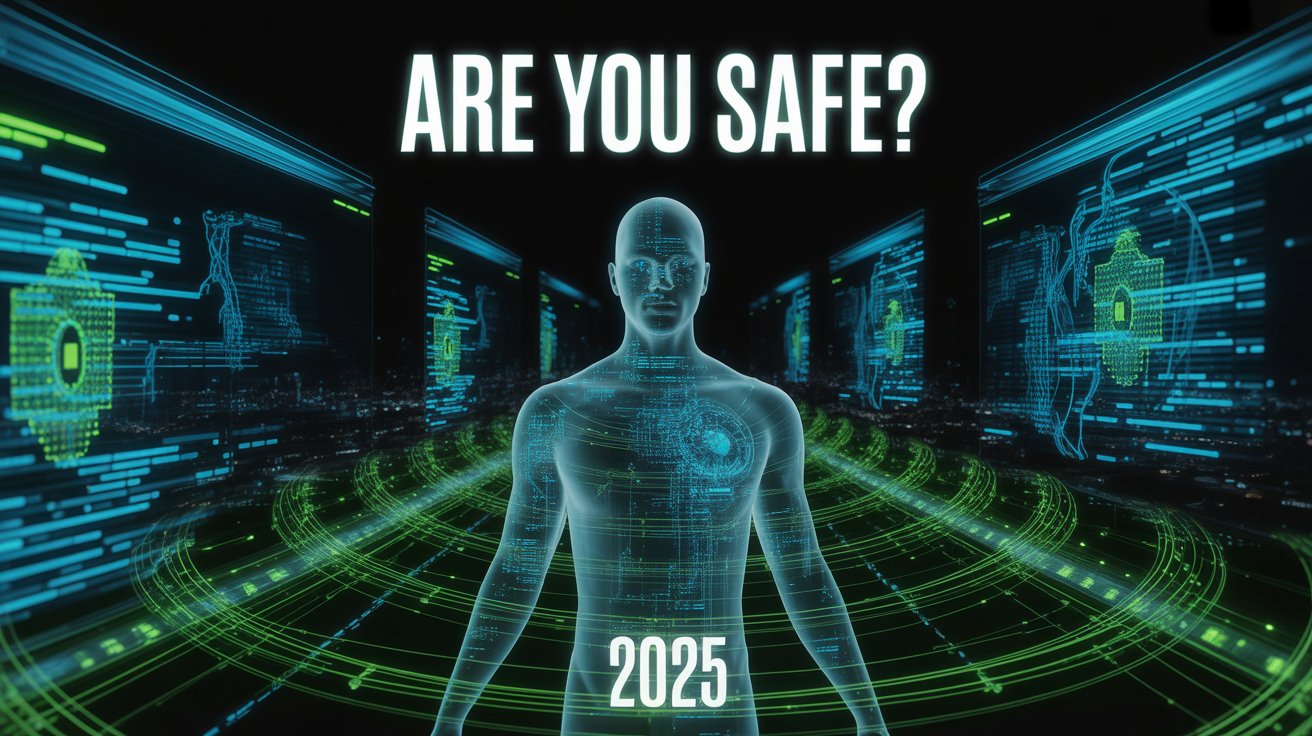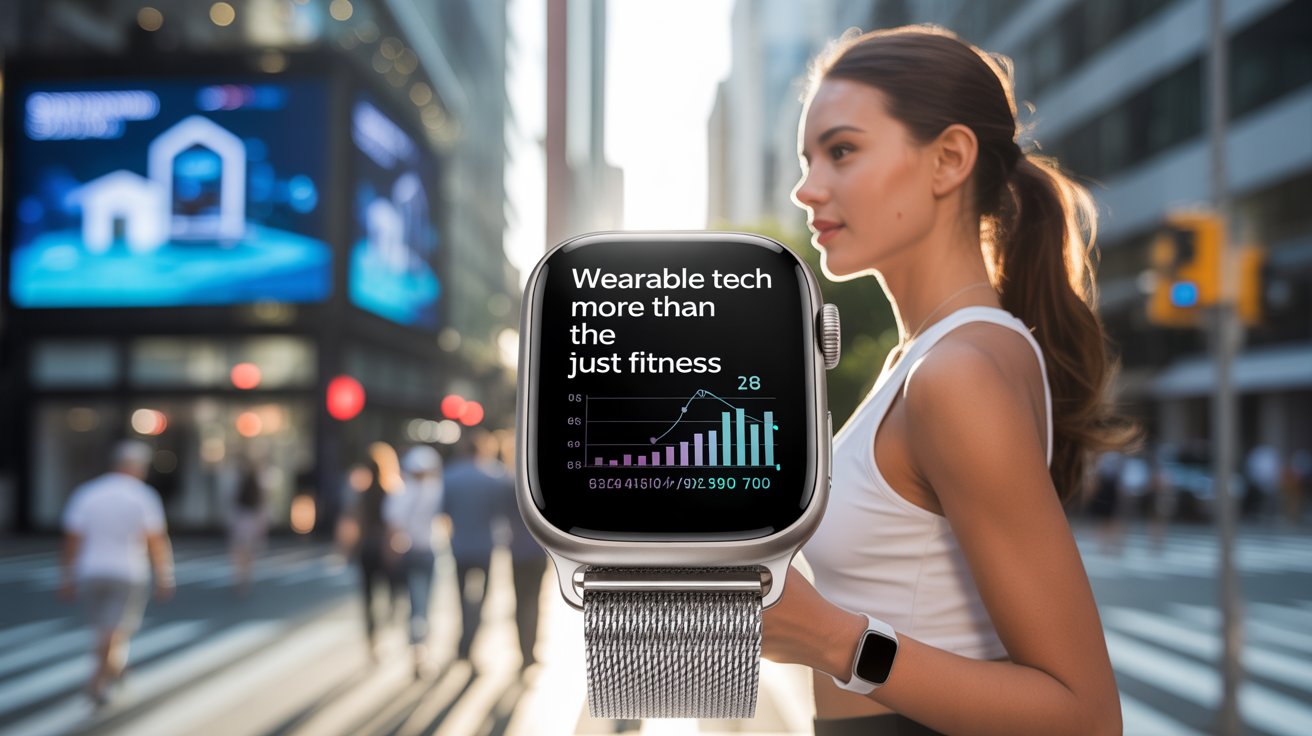As the world becomes more digitally connected, the importance of cybersecurity continues to grow. In 2025, we find ourselves in an era where data is currency—and cybercriminals are more advanced than ever. From phishing scams to AI-generated deepfakes, threats are evolving at the same pace as technology itself. Whether you’re an individual, a small business, or a large corporation, the question is no longer if you’ll face a cyber threat—but when.
The Modern Threat Landscape
Cyberattacks have become more targeted, intelligent, and damaging. In 2025, we’re seeing:
-
AI-powered malware that adapts in real time
-
Deepfake scams used for blackmail or misinformation
-
Ransomware-as-a-Service (RaaS) platforms being sold on the dark web
-
IoT vulnerabilities from millions of connected devices
Even basic infrastructure—like electricity grids or hospitals—has been attacked in recent years. These events highlight the need for stronger digital defenses across all sectors.

The Human Factor
Interestingly, the weakest link in cybersecurity is often not technology, but people. Social engineering attacks like phishing emails, fake customer support calls, or fraudulent text messages remain highly effective. In 2025, cybercriminals use AI to craft ultra-convincing messages that can fool even tech-savvy users.
That’s why cyber awareness training is just as critical as firewalls and antivirus software.
Cybersecurity Tools You Should Be Using
To stay safe in 2025, here are a few essentials every user or business should have:
-
Multi-Factor Authentication (MFA): Adds an extra layer of security beyond just passwords.
-
Password Managers: Create and store strong, unique passwords for every account.
-
Endpoint Protection Software: Protects devices from malware, spyware, and other threats.
-
Zero Trust Architecture: Assumes no user or device is safe by default—even inside the network.
-
Regular Backups: Ensures you can recover your data if hit by ransomware.
Government and Corporate Responses
Governments are increasing regulations around data protection, such as the GDPR in Europe or the Personal Data Protection Bill in South Asia. Companies are now required to be more transparent about how they collect, store, and protect data.
Cybersecurity is also becoming a boardroom issue, not just an IT concern. Companies are hiring Chief Information Security Officers (CISOs) and conducting regular audits to stay compliant and secure.
The Role of AI in Cybersecurity
While AI is used by attackers, it’s also a powerful tool for defense. Machine learning algorithms can detect unusual behavior in a system, flagging potential threats in real time. AI can also automate threat response, reducing reaction times from hours to seconds.
However, this AI vs. AI battle will continue to escalate. Staying ahead will require constant innovation.
Conclusion
In 2025, cybersecurity is not optional—it’s essential. As our homes, businesses, and even national infrastructures rely more on digital technology, the risks become higher. But with the right tools, awareness, and proactive strategies, you can stay ahead of the threats. In this digital age, being prepared is your best defense.



